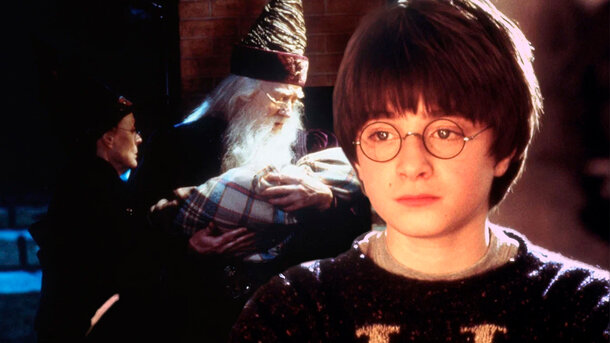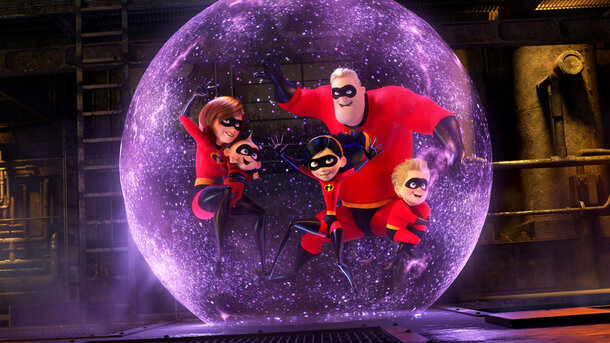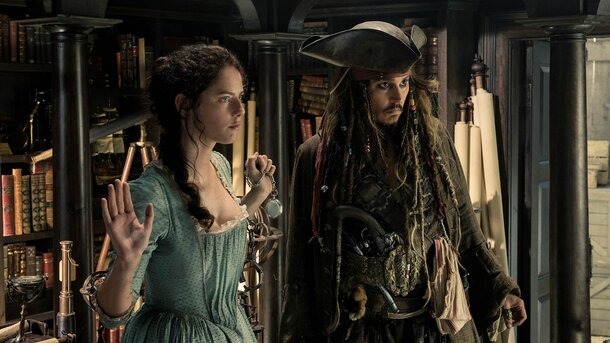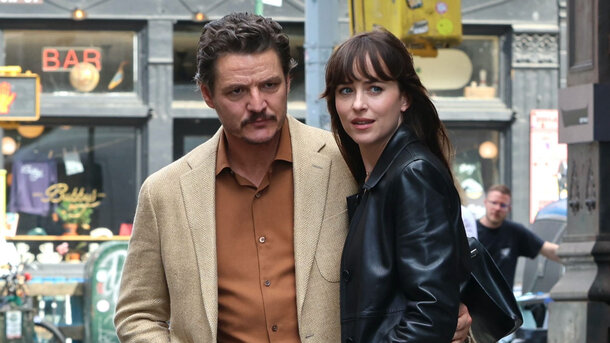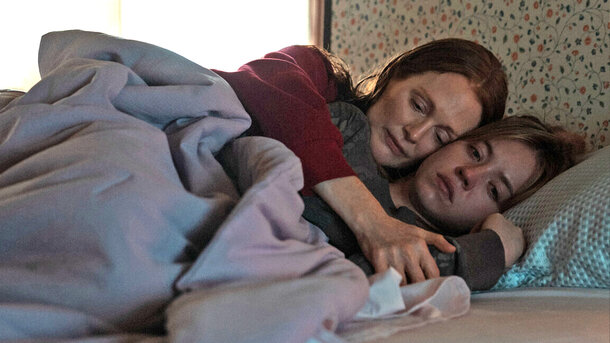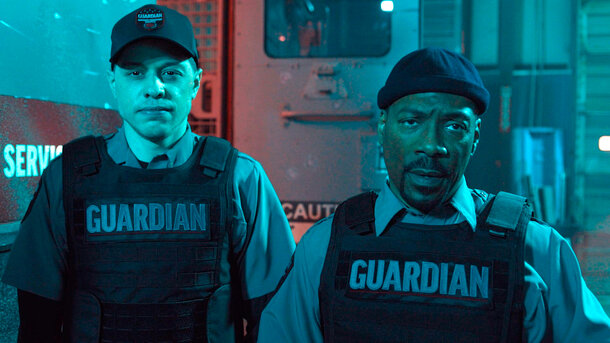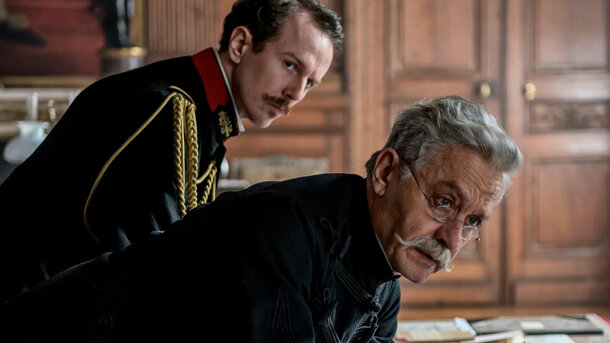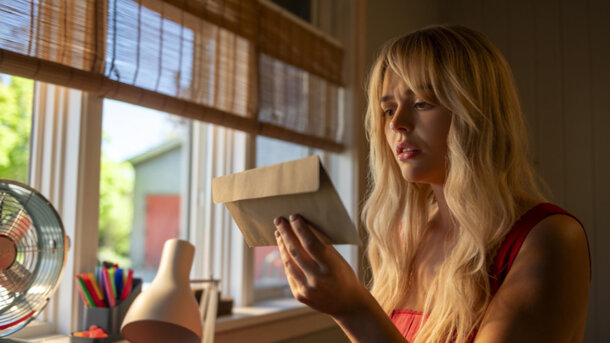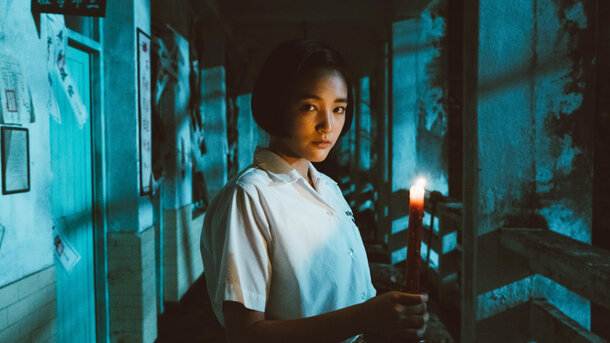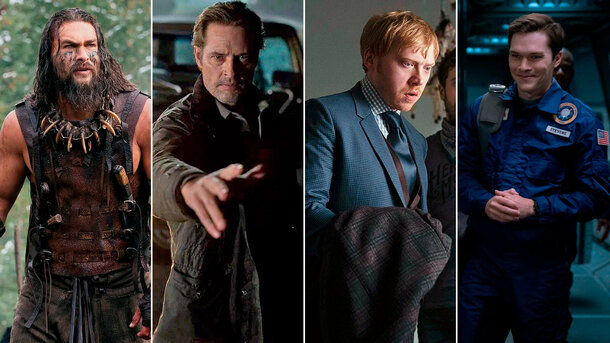When the first Harry Potter film was released in 2001, fans were thrilled — their beloved book had finally come to life on screen. But as time went on, it became increasingly clear: for the sake of spectacle and pacing, many important scenes from Philosopher’s Stone were cut, scenes that made the story truly magical. Now, with HBO preparing a series adaptation, there’s a chance to fix those omissions.
Vernon Dursley’s View of the Wizarding World
The first chapter of Harry Potter and the Philosopher’s Stone doesn’t begin with Dumbledore — it starts with Vernon Dursley, an ordinary Muggle who suddenly notices strange things happening in the world. People in cloaks, owls flying during the day, whispers about the 'Potters' and 'The Boy Who Lived'. It’s the perfect way to immerse the audience in the story: like Dursley, we don’t understand what’s going on at first, but gradually we realise there’s an entire magical world hidden behind everyday reality. The film skipped this moment, but the series could correct that.
The First Mention of Sirius Black
When Hagrid brings baby Harry to Privet Drive, he casually mentions having borrowed the flying motorbike from 'young Sirius Black'. In 2001, it seemed like a throwaway line, but Sirius would later become one of the saga’s key characters. The films ignored this detail — a shame, as even a hint at the future connection between Hagrid and Sirius would have added depth to the universe.
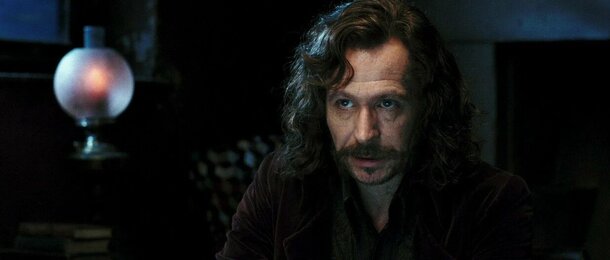
Harry and Draco’s Actual First Meetings
In the film, Harry and Draco first meet at Hogwarts, with Malfoy already knowing who he is. In the book, it’s quite different: Draco first bumps into Harry in Diagon Alley, boasting that he 'doesn’t want any Muggle-borns' at school, unaware he’s talking to the Boy Who Lived. They then meet again on the Hogwarts Express — this time Draco knows who Harry is and tries to make friends on his own terms. These scenes matter: they show Draco as a product of his upbringing, not just a stereotypical 'bad boy'.
Harry’s Dream on His First Night at Hogwarts
After the feast, Harry has a nightmare: he’s wearing Quirrell’s turban, which whispers, "Yes, Potter… you would do well in Slytherin…" At the time, it seems like a strange dream — but later it’s revealed to be the voice of Voldemort, not just the one hiding under the turban, but the one already living inside Harry. The film left out this early connection, but the series could use it as a subtle foreshadowing of their shared bond.
The Midnight Duel with Draco
In the book, Malfoy challenges Harry to a duel at midnight — but doesn’t show up, hoping Harry will get caught breaking the rules. Instead, Harry, Ron, and Hermione stumble upon Fluffy — the three-headed dog guarding the Philosopher’s Stone. The film cut this scene, but it’s important: it shows that Harry isn’t just a 'nice boy', but daring, stubborn, and ready for adventure.
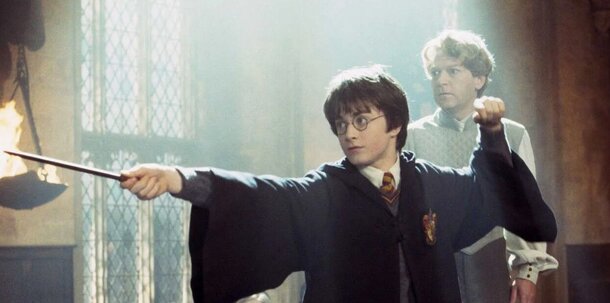
All Seven Protections for the Philosopher’s Stone
In the film, the trio overcomes only a few obstacles: the Devil’s Snare, flying keys, and the giant chessboard. But in the book, there are seven challenges — one for each of the protectors (Dumbledore, McGonagall, Flitwick, Sprout, Quirrell, Hagrid, and Snape). Each contributed their own magical defence, and each stage highlighted the strengths of the main characters: Hermione’s logic, Ron’s cleverness, Harry’s courage. The series could finally present the full sequence — a clear precursor to the future Horcrux hunt.
